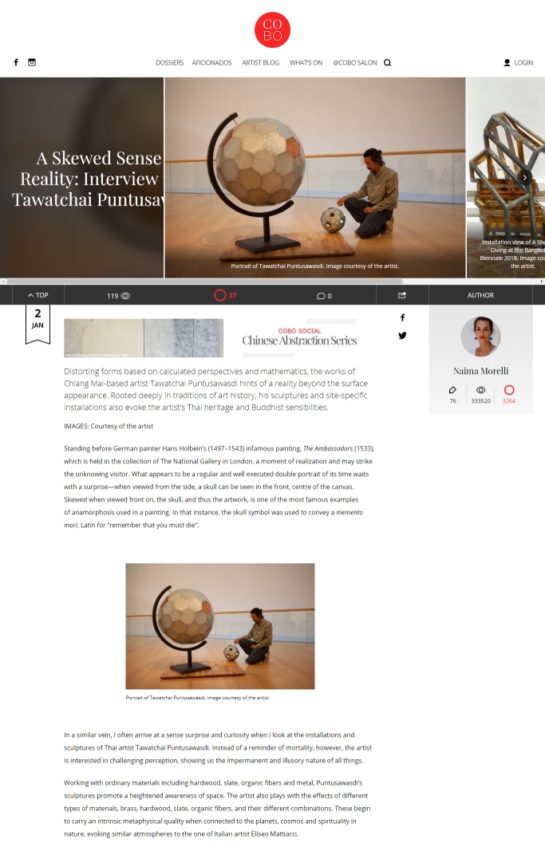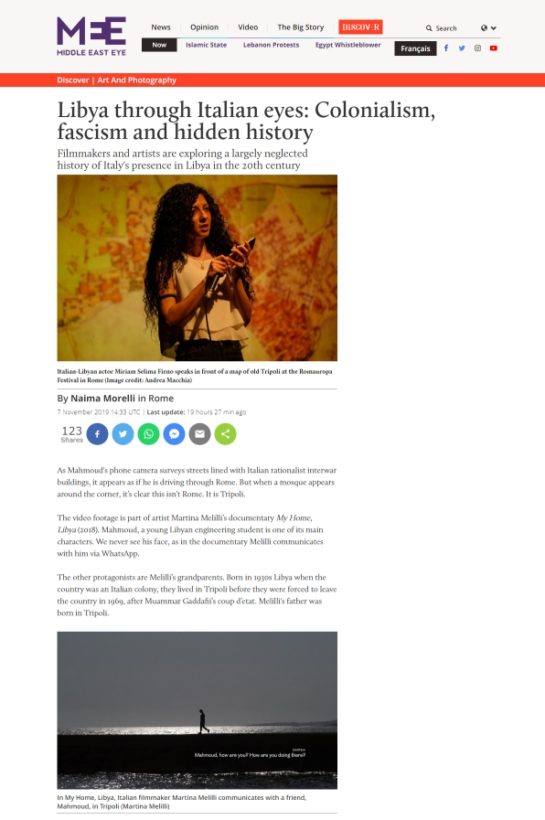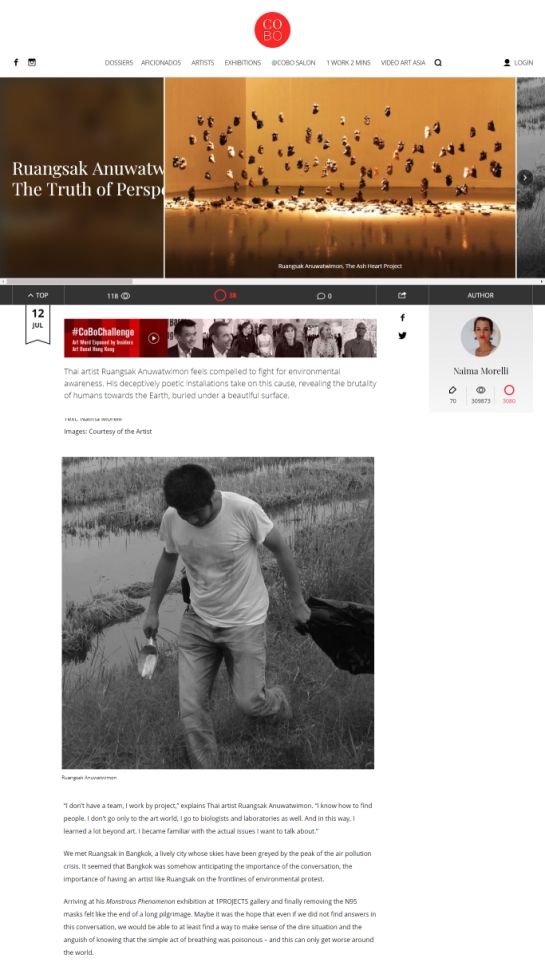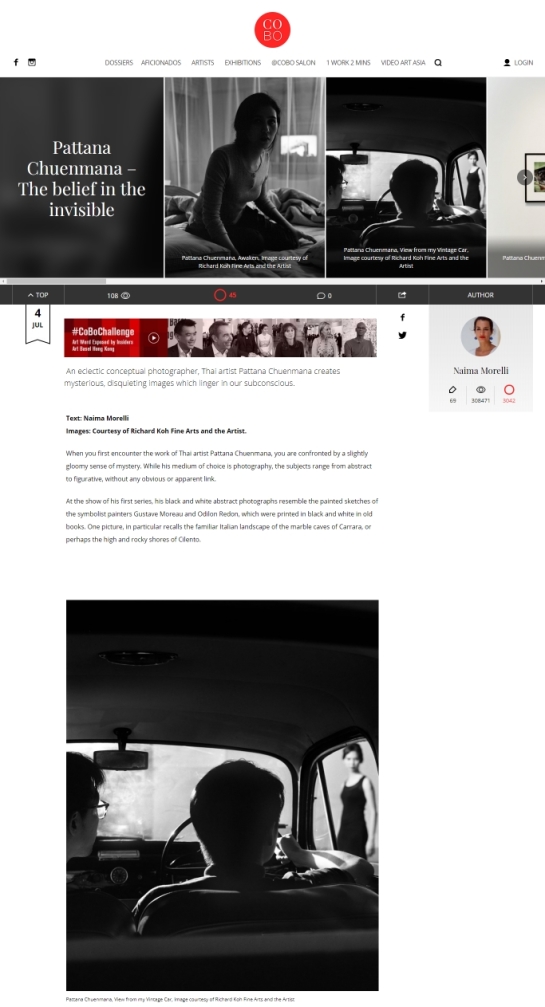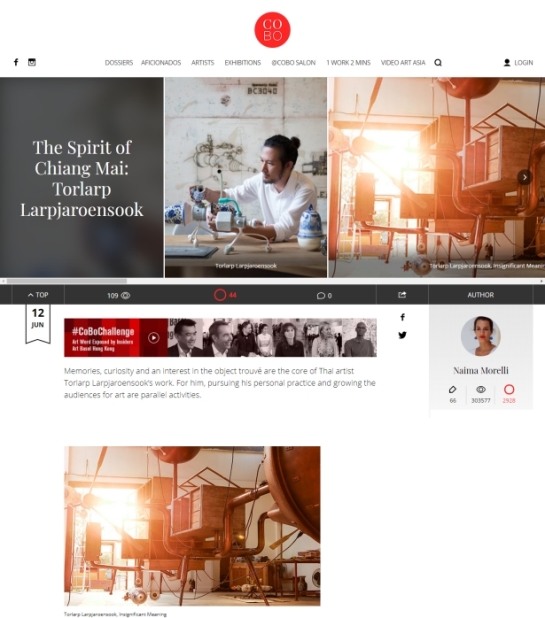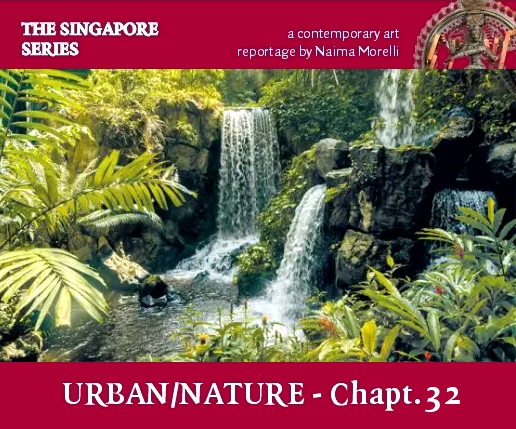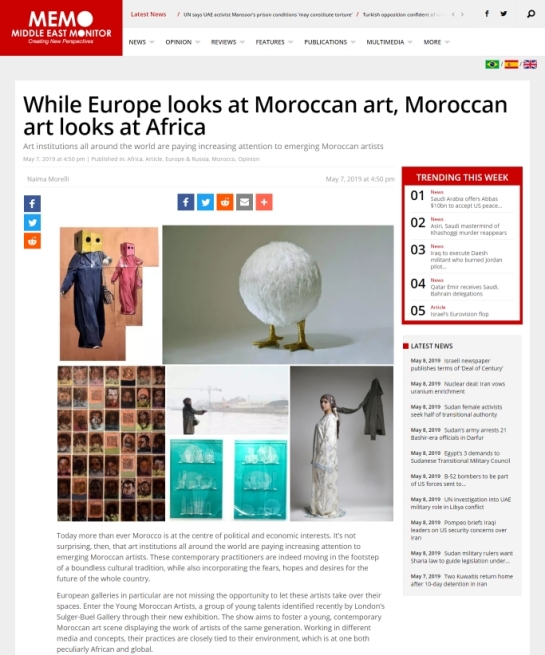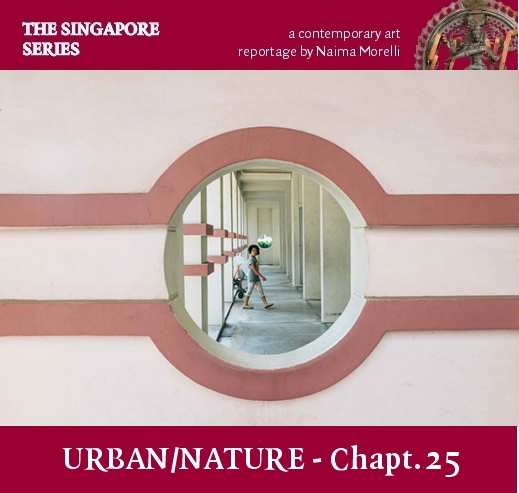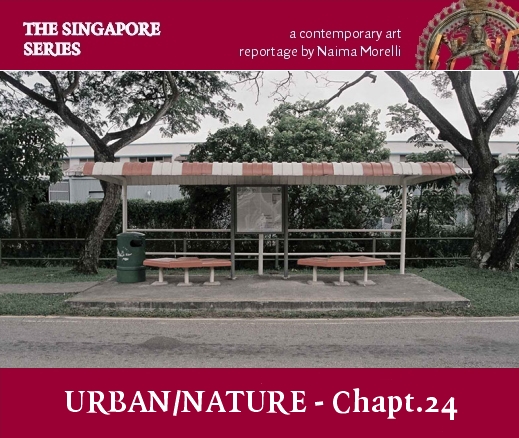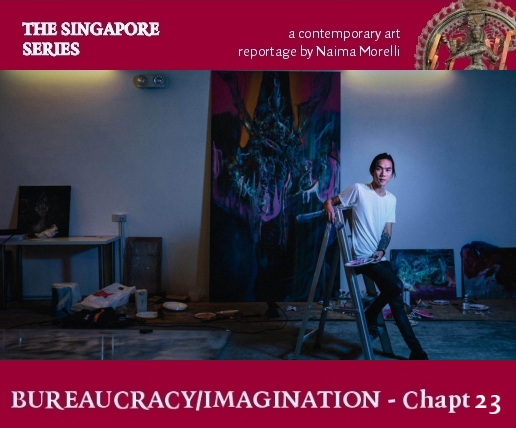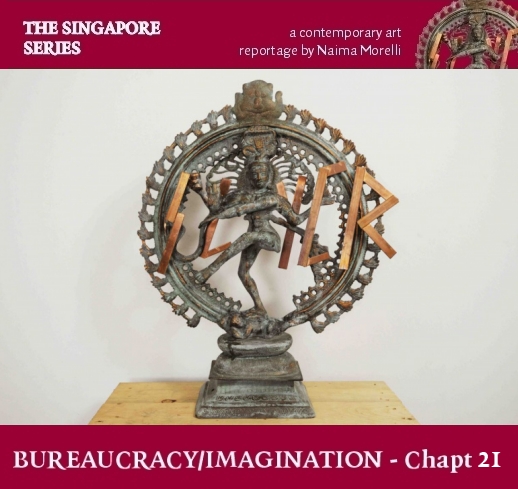![Whirling on site at Beit Beirut [Zena el Khalil]](https://i1.wp.com/www.middleeastmonitor.com/wp-content/uploads/2020/09/Zena-el-Khalil-whirling-on-site-at-Beit-Beirut-e1601031138142.png?resize=1032%2C687&quality=85&strip=all&zoom=1&ssl=1)
In my research on contemporary art I started to focus a lot on the spiritual values that artists carry with them and let come through their artworks and practice – despite the many hardships they might be facing.
In this sense, the life experience of Zena El-Khalil, a wonderful artist I had the pleasure to interview for Middle East Monitor, is emblematic. We talk specifically of her way of coping with the terrible explosion that has devastated Beirut, and the way art and her spiritual practice have helped her to look for the spring to come.
Kicking off the new season of articles with this interview makes me really proud, warms my heart and encourages me to look at the struggles in life with a different perspective. Hope it will do the same for you:
Here is the link to the article
